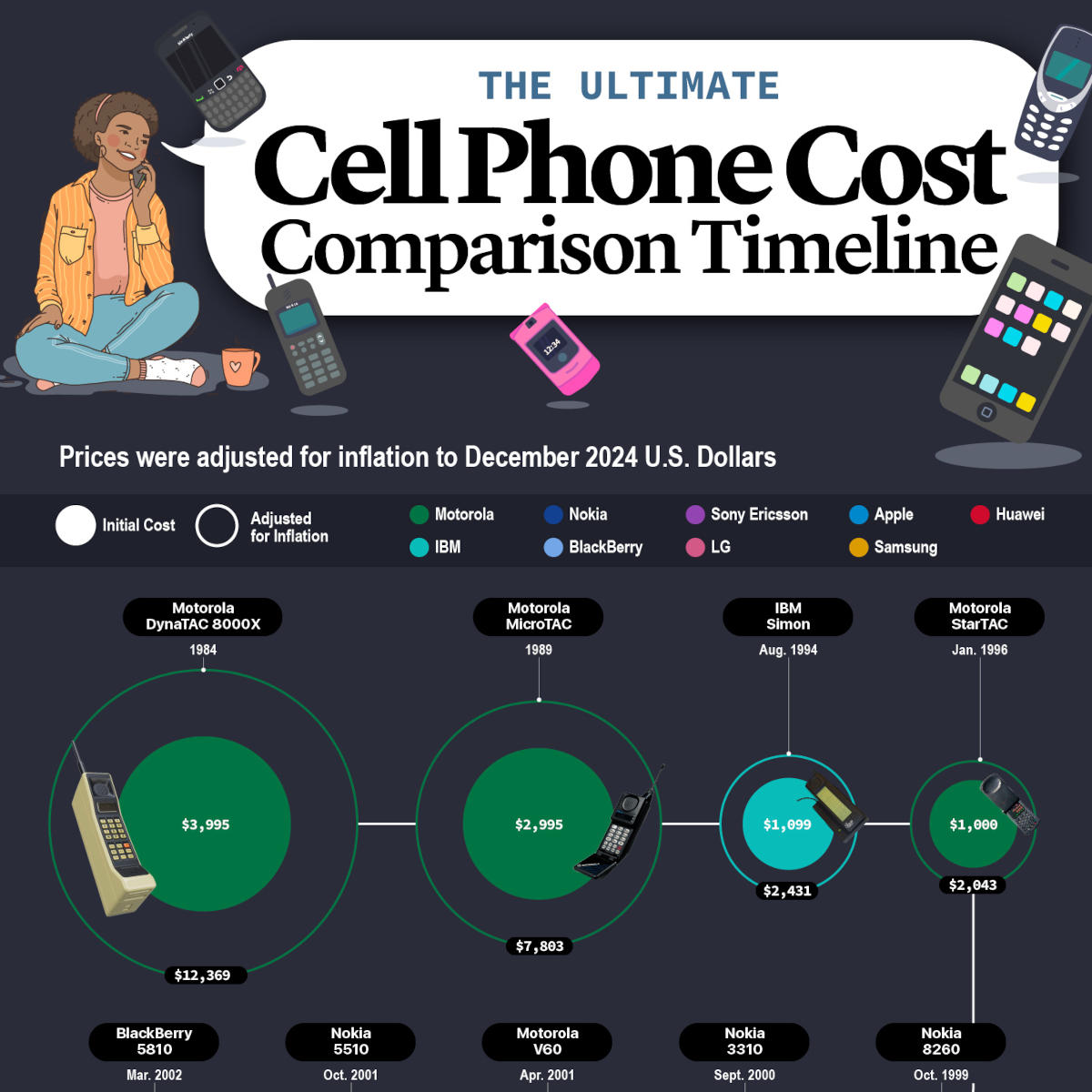Are you interested in making free phone calls from your cell phone? A
free calling app may be exactly what you need. A free calling app works on your mobile device — smartphone or tablet — to give you phone conversations at little to no cost for the minutes used or telephone service. The apps typically rely upon the internet, securely transmitting your call via Wi-Fi or over a cellular data connection. While many free calling apps look the same at first glance, there are key factors to consider before using one. Here are five points to pay attention to before downloading.
1. Does the app only allow communication with other users?
Not all calling apps provide full phone service. A key limitation of many texting apps is that they only let you connect with other app users. With these apps, it’s not as easy as downloading it and then calling. You’ll have the hurdle of convincing your friends and family to also download the app. Plus, these apps won’t be helpful if you need to make a typical phone call to a mechanic or a doctor. Look for a calling app that provides broader connectivity. Some apps allow you to make or receive calls from other phone numbers. They may also give you a free phone number with your choice of area code. This type of app provides the maximum level of connectivity without any extra effort. Depending on your usage, you may also want to consider the type of international access the app provides. For example, you may have unlimited calls to phone numbers within the US, Canada, Puerto Rico and Mexico, but it could cost a few cents per minute to call the UK. There may also be an option for an international calling plan you could use to call anywhere in the world for a couple bucks per month. For those who are
traveling abroad, some calling apps have helpful features, including the ability to use a US phone number while overseas.
2. Do free calling apps have good voice quality?
If a calling app has poor call quality, it could be more frustrating to use than it is useful. Rather than helping you feel connected, you could end up struggling to hear the conversation and frustrated with the technology. The technology that calling apps use to transmit voice audio over the internet is called Voice over Internet Protocol (VoIP). Unlike traditional phone technology, there can be a wide variety of service quality with VoIP apps. Adaptive redundancy transmission is an important calling technology that can improve call quality. It works in real-time to automatically detect data losses and instantly resend data. This helps users experience clear calls under variable internet conditions.Reading online reviews in your app store, either the Apple App Store or Google Play, may help you understand what type of call quality other users have experienced. Notably, both PC Magazine and
CNET highlighted the good call quality that the reviewers experienced with Ooma Telo phone service.
3. How much cellular data do free calling apps use?
A free calling app could actually end up costing you a lot of money. While using the app itself could be completely free, you could end up paying for data via your mobile phone plan. If you have a wireless plan with cellular data limits, you may want to consider the internet usage of your VoIP calls to make sure your usage matches your plan. You may also want to consider any associated fees through your wireless provider such as international roaming charges for data usage.One easy way to minimize cellular data fees is to connect to Wi-Fi before having VoIP phone calls. However, making calls with your smartphone over a cellular data connection may be inevitable. Before downloading a free calling app, look at its data transmission standards. Apps that have strong compression technology can help prevent overage charges on your cellular plan. Notably, Ooma’s free calling app uses a proprietary compression algorithm that
reduces bandwidth 60 percent over standard VoIP technology.
4. What devices can a free calling app be used with?
Calling apps are most commonly available for mobile devices, but many apps also have versions for desktop or laptop computers. This means you’ll be able to make or receive calls on either your smartphone or computer. You can even make calls between devices.Some advanced calling apps can also share voice service with more traditional desk phones. For example, you could share the same phone number between the calling app on your phone, the app on your computer and an IP desk phone in your office, giving you the option to take calls wherever you are. So you can take calls in your office and then transition to your smartphone if you’re on the go before switching back to a laptop at home. You can even convert your old analog phone to take advantage, but you’ll need an external device that converts your analog phone into an IP phone, which is internet-enabled.
5. Can you use the app to call 911?
Not all calling apps provide equal access to emergency services. Look for a free calling app that supports 911 calls. Also, be sure to read the fine print to understand any limitations you could face in an emergency. Known as E911 services, your ability to get help could be affected by things like outages or network congestion. On the other hand, some calling apps will embed additional safety features into the app. For example, a self-provisioned home address could be automatically transmitted to first responders so they’ll know your address even if you can’t talk. This could help mitigate the long-standing problems with 911 dispatchers being unable to
geolocate cell phone callers.Some apps also offer real-time 911 alerts. If a 911 call is placed from an app-connected phone, an alert will instantly be sent to the emergency contact. This can help family members remain in the loop when seconds matter the most.
Ooma’s free calling app is available for Ooma Telo (iOS, Android) and Ooma Office (iOS, Android) customers. 



